Guide to running a successful sports and fitness ecommerce website: Trends, best practices & examples

When you’ve gained enough distance from catastrophe, it’s almost always possible to find a nugget of gold in a heap of dirt. If you’ve been sifting through the 2020s, you’ll find that more people have traded in the societal-collapse doomscrolling for the solace of outdoor sports.
According to a December 2021 article published in the journal Land, about 20% of American adults were new to outdoor recreation during the pandemic. Skateboarding, tennis, golf, and cycling have all seen surges in total participation since before the pandemic.
Cycling, in particular, saw an 11.6% increase in core participation, according to the Topline Participation Report from the Sports and Fitness Industry Association (SFIA).
The sporting goods industry hasn’t seen a growth opportunity like this since the mainstream inclusion of women in sports. “There are a lot of new people to outdoor sports, and it’s our job as brands to welcome them in,” says Tim Akers, owner, Akers Digital. “But so frequently we’re just talking over their heads instead.”
There are a lot of new people to outdoor sports, and it’s our job as brands to welcome them in. But so frequently we’re just talking over their heads instead
Tim Akers, owner, Akers Digital
This full marketing funnel guide for sporting goods will show you how to make the most of this opportunity.
Sporting goods category in data: signs point to lasting lifestyle changes
Now that we’ve settled into our 2020s lifestyles, we’re beginning to see which habits were temporary during the height of the pandemic and which ones are here to stay.
According to an overview of the sporting goods industry by McKinsey, less than 30% of people say they have the same exercise routines they had before the pandemic. Bad news for gyms, good news for sportswear: the category grew by 15% in the US alone during the pandemic. Growth is expected to continue at a rate of 8-10% until at least 2025.
The increase in sports adoption, coupled with a social commerce boom, was exactly what the sporting goods category needed to create positive medium-term growth. We see it in our own engagement data, with nearly all email and SMS performance benchmarks exceeding average rates across all industries.
In Q222, revenue per recipient for all flows ($2.90) exceeded almost all other categories, while conversion rates from abandoned cart emails (3.7%) exceeded all but one category (food and beverage).

Now that you know what to shoot for, we’ll show you how to create the ideal marketing funnel for your sporting goods brand. From building audiences to retaining them, this guide will use real-life examples and expert advice to break down how the best sports brands are selling and segmenting audiences based on activity level.
Building audiences
Awareness and acquisition are the first two stages of the customer lifecycle. When you’re focused on awareness and acquisition, you’re focused on:
- Increasing traffic to your website through Google search, social media, referrals, and good press
- Increasing your social media followers, views, and shares
- Growing your email and SMS lists through website pop-ups and referrals
Sporting goods brands build audiences by growing their sport. People only become meaningfully aware of sporting goods brands after they choose a hobby. Here we’ll focus on one sporting goods brand that outshines its competitors in attracting more people to the sport they serve.
Key takeaways from this section
- Use eye-catching design and memes to disrupt the conventions of your sport.
- Offer a preview of your newsletter when asking people to subscribe.
- Use forms to give subscribers options to control their newsletter experience.
- Produce how-to video content that teaches your sport’s basic and advanced knowledge.
- Use a YouTube subscribe pop-up to get more subscribers when people land on your ecommerce channel from your website.
Mystery Tackle Box: making fishing look cool
Mystery Tackle Box by Karl’s Bait and Tackle is making fishing attractive to young people. Through their YouTube channel (259K subscribers!) and email newsletter, you can learn about fishing from younger people, in plain language, without a ton of technical jargon.

The Mystery Tackle Box website uses a learning preview section to encourage people to sign up for their email list. With fun illustrations and a sample image of their in-box magazine, Mystery Tackle Box disrupts the stereotype that says fishing is only for older men who have owned a boat for 30 years.
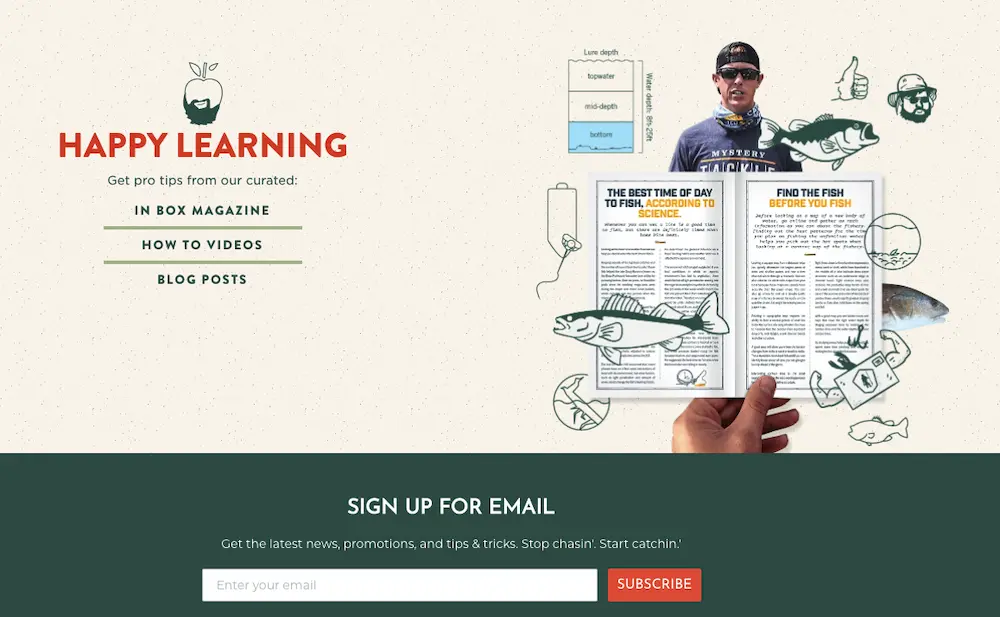
When you subscribe, Mystery Tackle Box uses a form to assess purchase interest right away. The brand promises you’ll “get the email you want and nothing more” by asking whether you’re interested in their newsletter, promotions, or product updates. They also give you a lot of frequency options, so you can control how often you’ll see emails.
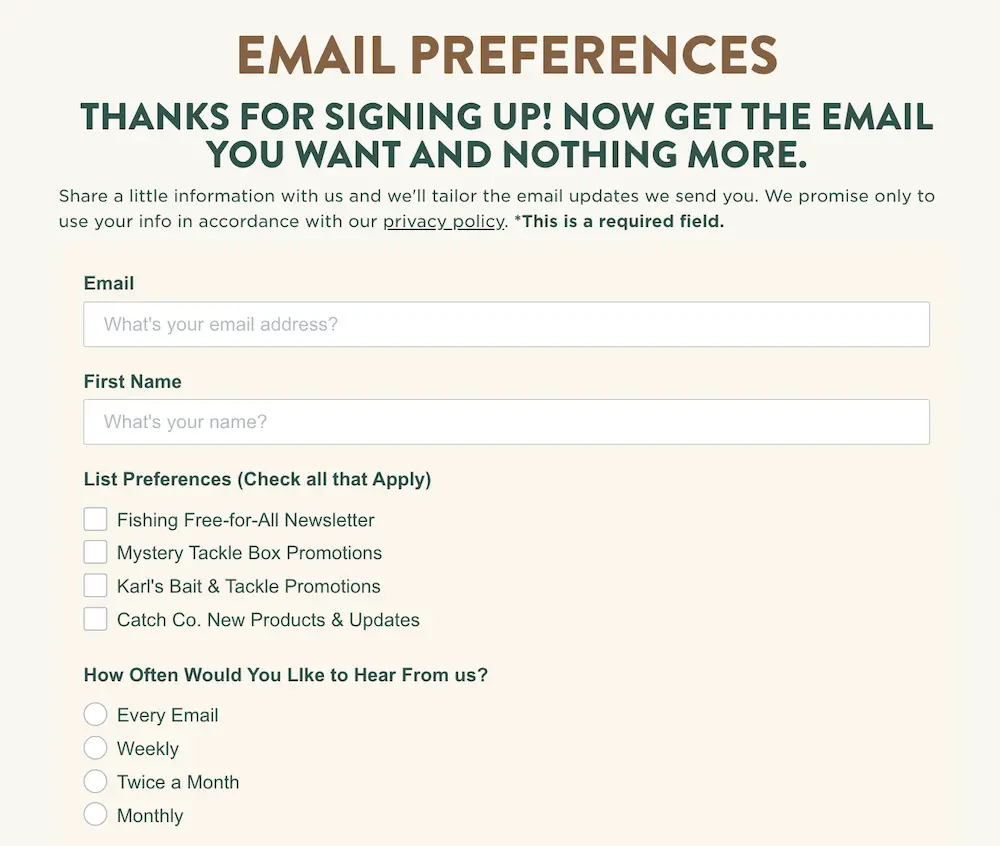
If you’re familiar with Mystery Tackle Box but haven’t landed on their website, odds are you’ve seen their YouTube channel.
The brand produced their first set of YouTube videos 10 years ago to post ads and reviews, but they’ve since grown the channel with how-to videos that cater to people who are either new to fishing or more experienced.
One of their most popular videos (414K views) teaches people how to catch fish in rivers and streams with different lures.
One thing we haven’t seen before is an automatic subscribe pop-up when you land on Mystery Tackle Box’s YouTube channel from their website. It’s a bold move that assumes you’re aware of the brand as a teacher of the sport if you’ve already visited the website.
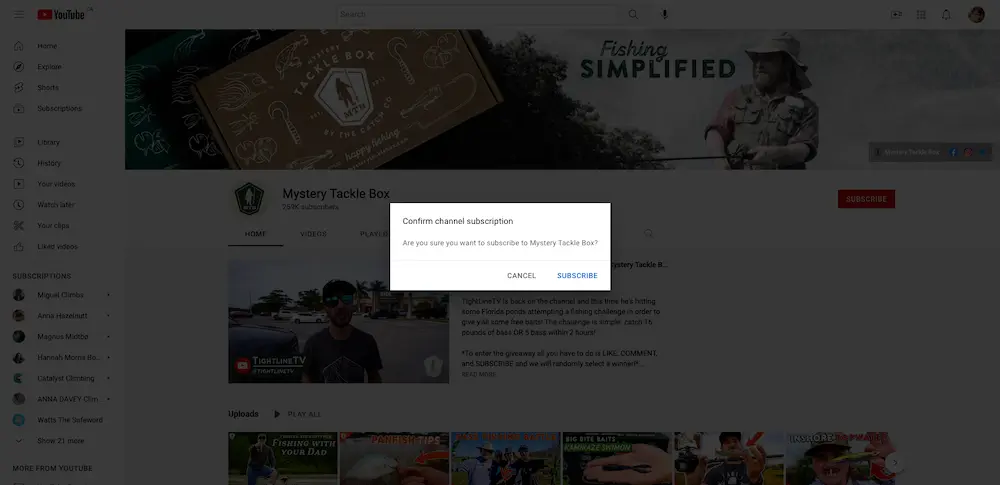
Overall takeaway: Grow your sport by shifting expectations about who participates. If you can become a leading brand that caters to a new demographic of enthusiasts, you’re setting yourself up for brand loyalty as those newcomers become veterans.
Engaging with your audience
Before you rush to conversion tactics, remember one thing: You don’t go all-out without warming up first.
It’s exciting when someone expresses interest in your brand, but that doesn’t mean they’re ready to buy. At this stage, focus on the warm-up with a welcome series that builds a narrative at the intersection of your sport’s hype and your product’s benefits.
“Keep each of your weekly newsletters focused on one product feature, rather than trying to cram them all into one message,” suggests Milo McMahon, founder and lead strategist, Outdoor eCommerce. “Week over week, the unique value of your product will become increasingly apparent to subscribers and you’ll drive more sales.”
Keep each of your weekly newsletters focused on one product feature, rather than trying to cram them all into one message.
Milo McMahon, founder and lead strategist, Outdoor eCommerce
When you’re focused on engagement, you’re focused on:
- Increasing open rates and click-through rates on welcome series emails
- Increasing social media engagement
- Earning event and/or challenge sign-ups
- Learning more about audience behavior through website metrics (time on site, number of pages viewed, etc.) and other Customer-First Data
Sporting goods brands engage with audiences by showing how their product makes it easier to participate in their sport. Unless you’ve segmented your audience into hobbyists versus elite athletes, your welcome emails, landing pages, and challenge events should forego technical language in favor of aspirational benefits.
Here we’ll focus on a brand that uses their welcome emails and newsletter to communicate the accessibility and peace of the great outdoors.
Key takeaways from this section
- In your welcome series, create a short narrative at the intersection of your sport and the benefits of your product.
- Keep each of your newsletter messages focused on one product feature, rather than trying to cram them all into one message.
- Choose a striking image and unique call to action that complement each other.
- Add motion to the images in your newsletters to hype up your sport.
- Commit to consistency in messaging to build on your welcome email narrative.
- Offer discount codes for signing up for your newsletter—and for not unsubscribing after a few emails.
Oru Kayak: accessing your happy place
If you’ve ever been kayaking, you know it’s great for mental health—once you’re finally out on the water.
What comes before the serenity of a kayak on a placid lake is anything but peaceful: Rigging the kayak to the roof of your car. Lugging it off the roof of said car at your destination. Carrying the kayak to the shore.
The process is an awkward one unless you’re a pro. Oru Kayak aims to remove this barrier with its foldable, compact kayaks.
When you sign up for Oru Kayak’s email list, their welcome email communicates right away that they know the struggle is real. Oru Kayak says, “We just want to get you out there in your happy place” with “our beautiful origami kayaks designed for anything and anywhere.” The call to action, “Float On,” is the perfect complement to the image of a kayaker exploring a calm mountain lake.

Oru Kayak’s newsletter expands on the established narrative of their welcome email. Their May 2022 edition uses a moving image of a lake to complement the headline “Endless Exploring Possibilities.” Email copy expands on the benefits in the welcome email: “With portable gear and sports equipment, you could be discovering some of the most beautiful landscapes and waterscapes in the world with Oru.”

Overall takeaway: Show your audience how your product makes your sport more accessible. Commit to a strong narrative with clear benefits, and build on that narrative throughout all pre-purchase communication.
Converting your audience to customers
Before you learn to convert people in the sporting goods category, you need to understand how long it takes for them to decide on a sporting goods purchase.
“Most people are slow buyers—they take 60-120 days to decide to buy something,” points out Sott Flear, founder, Rugby Warfare. “Those are often the forgotten people because businesses think you have to sell to someone within a short time or they’ll never buy. That’s not true.”
Most people are slow buyers—they take 60-120 days to decide to buy something. Those are often the forgotten people because businesses think you have to sell to someone within a short time or they’ll never buy. That’s not true
Sott Flear, founder, Rugby Warfare
The conversion game is a long one, but there’s plenty you can do to increase your batting average. When you’re focused on conversion, you’re focused on:
- Increasing product reviews to build trust
- Increasing conversion rates on product announcements, browse abandonment emails, and abandoned cart emails
- Increasing return on advertising spend
- Decreasing customer acquisition costs
- Making the check-out process as easy as possible
Sporting goods brands move audiences to purchase by building trust that the product is worth the cost. Products in the category tend to sell at a higher price point than other categories, which means you’ll need to nurture audiences longer than you think before getting a sale. Here are a few types of communication to send to potential buyers as you move them down the funnel:
- Product announcements that dive deeper into 1-2 features and how they compare to your competition
- SMS messages with gifs of new products when they drop
- Abandoned cart emails that show people using the product for their sport, with the feature that makes your product unique
- Browse abandonment emails that curate some of your product’s best reviews
Here we’ll focus on several examples of sporting goods brands that are converting customers with reviews, SMS product announcements, and abandoned cart emails that tip the scale toward a purchase.
Key takeaways from this section
- Use gifs to punch up SMS product announcements.
- Craft messaging around 1-2 features that make your product valuable or unique.
- Offer new customers a discount on their next purchase for a review to build up your count and increase trust among potential buyers.
- Test product announcement language that sells company values as benefits.
- Use abandoned cart emails to offer potential customers alternatives to what they didn’t buy instead of only reminding them what they left behind.
- Produce a video to guide the customer on how to purchase a high-ticket item that may seem overwhelming to research and buy.
RUDIS: a gif-led SMS product announcement
People don’t give just anyone access to their text messages, which is probably why SMS enjoys an average 10% click-through rate for the sporting goods category.
RUDIS reported high click-through rates on their SMS product announcement when they sent a gif to show off new colors for their Colt 2.0 shoe. It may not exactly be a gif you’d send to a friend, but the vibes are similar enough to catch someone’s eye if they’ve shown interest in a purchase, either through product page visits or newsletter clicks.
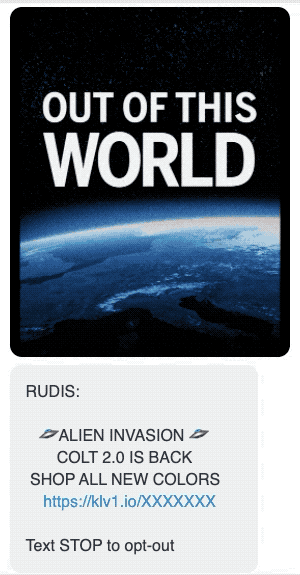
Equestrian Stockholm: mission-forward benefits—and a lot of great reviews
Akers says the best way to establish trust with customers is through product reviews and a commitment to social issues.
“There’s a longstanding joke that product reviews make the ecommerce world go ’round,” he says. “They do, and now so does a commitment to sustainability and social causes in the sporting goods category.”
Equestrian Stockholm hits both notes with their Parisian Blue saddle pad summer sale announcement. Under “Why Ride with Us?”, the brand emphasizes values as benefits, reminding the customer they don’t use fur or feathers and that their products are designed for women, by women.
Trust is reinforced in the email footer with an impressive 5-star Trust Pilot rating, based on more than 1.5K reviews—something Akers says seals the deal on most purchases in the sporting goods category.
“For every customer who buys, offer a 20% discount on a follow-up purchase for a review,” Akers advises. “The more reviews you have, the more that high rating will mean to people who are comparing products.”

Asics: the abandoned cart bestseller reminder
Abandoned cart emails work. In the sporting goods category, they enjoy a 3.93% conversion rate.
You may see a lot of abandoned cart emails use clever language to make the customer feel bad for abandoning their sad little cart, but others focus on offering more value by showing the customer similar products they may like better. That’s what this abandoned cart email from Asics accomplishes, by showing the customer a similar shoe model while reminding them about free shipping.

“If you still can’t decide, check out some of our bestsellers below”—this copy works double-time to offer the customer another option alongside the social proof of a bestseller.
The email still does a great job of reminding the customer what they left behind, but the emphasis is on a shiny new product they may want more than what they didn’t buy.
Competitive Cyclist: guiding customers through the buying process with video
The sporting goods industry is intimidating when you’re in the market for a technical, high-cost item like a bike. Competitive Cyclist created a buying guide video to remove the confusion of a bike purchase, letting the customer know their brand is there for every step of the process.
Imagine a brand offered you a personal shopper to find your perfect bike based on a set of criteria. When you watch Competitive Cyclist’s buying guide, you’ll notice they don’t shy away from using technical bike jargon—but the language sits within the context of what it means for your cycling experience.
Bonus: Competitive Cyclist shows the customer what happens after they order the bike, letting them know that last-minute changes aren’t a problem.
Overall takeaways: When someone is about to convert, don’t be afraid to talk about some product details. Show how your brand can guide them through the comparison process through video. For sporting goods products, the details matter. If you can talk about features without becoming too nerdy about them, you’re giving the potential customer what they need to make a decision without overwhelming them with information—even better if that information comes from a product review, not you.
How to follow up with post-purchase information
If you’re focused on post-purchase information, you’re having a great time because you’ve made a sale. But now you need to deliver on your brand promise through a great post-purchase experience.
“In our post-purchase messaging we’re really focused on three things: showing our gratitude that the customer has placed their trust in us, getting them all the information they need about when they can expect to receive their order, and setting the stage for a long-term relationship,” McMahon explains.
In our post-purchase messaging we’re really focused on three things: showing our gratitude that the customer has placed their trust in us, getting them all the information they need about when they can expect to receive their order, and setting the stage for a long-term relationship.
Milo McMahon, founder and lead strategist, Outdoor eCommerce
Creating an exceptional post-purchase flow for the sporting goods category means:
- Setting realistic and transparent expectations about the time of delivery, especially amidst supply chain disruptions
- Sending confirmation emails when orders have been received and shipped, with a tracking number
- Communicating when an item has arrived—especially for high-ticket items, like a $6K bike that could be sitting on someone’s doorstep
- Reminding the customer about your returns and exchange policy
- If applicable, sending assembly instruction videos and/or a list of nearby shops that can assist the customer
- Collecting Customer-First Data when the customer is excited about the product (more on this later)
- Encouraging product reviews and referrals two weeks after delivery
Sporting goods brands communicate post-purchase information under the assumption that the customer spent a lot of time on their purchase decision. Here we’ll focus on two examples of exceptional post-purchase communication, beyond standard transactional emails. You’ll learn how to make the most of the customer’s excitement to set the foundation for great reviews, referrals, and future transactions.
Key takeaways from this section
- If your product requires assembly, create and send video instructions to customers before and upon order arrival.
- If your product doesn’t require assembly, use QR codes on the packaging to send instructional videos about how to get the most use out of the product.
- For technical outdoor equipment, send the customer a map of shops that can help with assembly and repair.
Competitive Cyclist: assembly instructions with video
Competitive Cyclist’s buying guide pairs nicely with its video assembly instructions, which the brand sends to the customer upon delivery. Akers, who previously worked at Competitive Cyclist, says, “Every brand is different with how they’re shipping the bike. Sometimes you just need to throw on the front wheel, and you’re good to go. Other times assembly is a little more in-depth. If you’ve never looked at a bike before, it might be kind of overwhelming.”
Akers adds that sending a list of nearby brand or partner dealers who can help with assembly is also a great option if you have brick-and-mortar or wholesale channels as a larger brand.
Hibear: using packaging to get people excited about their purchase
Hibear, the maker of an all-day adventure flask, leans on QR codes in packaging to care for customers post-purchase.
Hibear’s main benefit is its versatility. With a Hibear flask, you can go camping and make a high-quality cold brew in the morning and a cocktail at night. After you purchase a Hibear flask, you receive packaging with a QR code for every possible drink, each of which takes you to a customized instructional video on how to make the beverage while you’re “in the wild.”
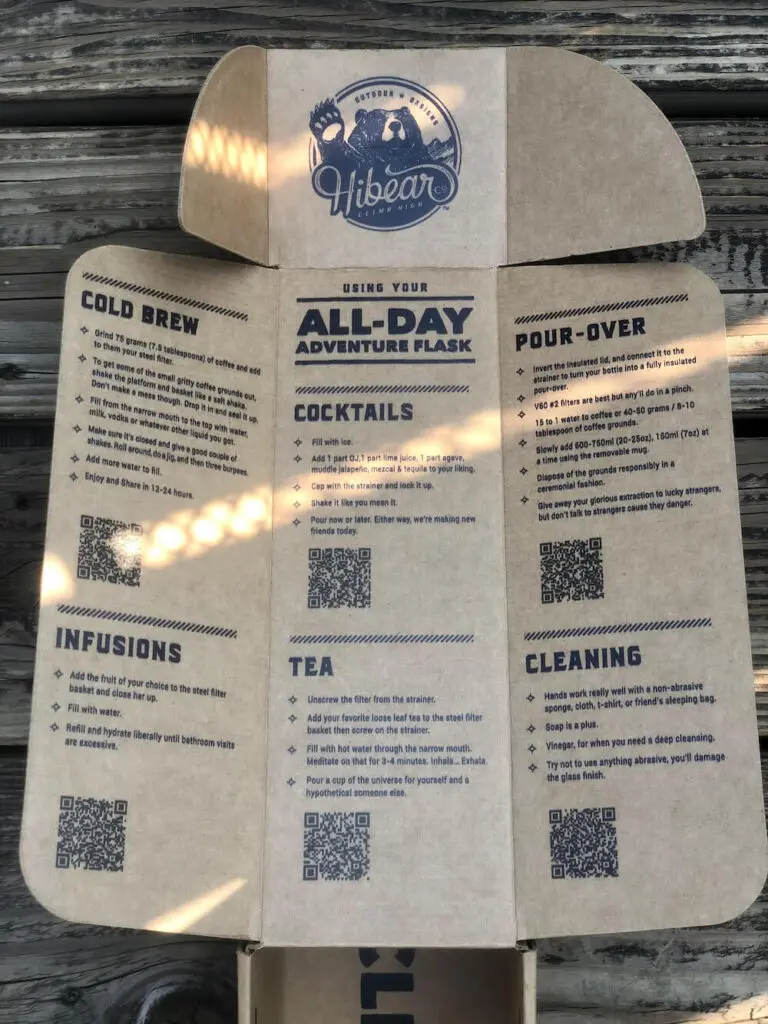
Produced at the height of the first pandemic summer, Hibear’s vibe is creature comfort camping to the max. Their post-purchase experience, from end to end, creates something to look forward to on your next camping trip.
Bonus: A couple of weeks after your Hibear purchase, you’ll receive instructions on how to clean your flask.
Overall takeaways: Beyond transactional emails, you can go above and beyond with video and other tools to create a post-purchase experience that will get your customers excited to interact with your product—and more likely to submit a positive review or personal information when you ask for it.
How to collect first-party data
Customer-First Data—the combination of zero- and first-party data—refers to information the customer hands over voluntarily. Unlike third-party data (information you collect indirectly from a variety of sources), Customer-First Data is information you source directly from potential and existing customers.
The first-party data piece of Customer-First Data is an essential component of audience segmentation, which is usually based on directly observable behavior like purchasing trends, website activity, email and SMS engagement, and customer service interactions.
First-party data can usually provide answers to the following questions—and many more:
- Who has or hasn’t made a purchase?
- How long do they wait before ordering again?
- How much money are they spending, and when, and why?
- Who has a habit of buying only during gift-giving holidays?
- What makes someone unsubscribe?
- Are people more likely to open transactional emails, but more likely to click on promotional or educational ones?
- What makes someone bounce, and what makes them buy?
Your online store, ecommerce customer data platform, and any integrations you use on the back-end (like your 3PL, loyalty program tools, customer review tools, etc.) are a good place to start looking for these kinds of valuable first-party data points.
Klaviyo’s ecommerce platform integrations
Klaviyo integrates seamlessly with Shopify, BigCommerce, Magento, WooCommerce, Salesforce Commerce Cloud, Prestashop, Wix, and more through one-click integrations. Custom-built ecommerce solutions can also integrate with Klaviyo via our APIs.
In addition to observing behavioral data, sporting goods brands are also in a great position to collect zero-party data directly from customers, who are often happy to disclose:
- Activity type
- Skill level
- Competition/event participation
- Years of experience
- Where they perform the sport, such as outdoors or in a gym
All these data points correlate with sporting goods products. For example, a climbing gear brand wouldn’t want to send a boulderer a product announcement for a new harness—instead, they may want to focus on bestselling chalk bags. A cycling brand that sells high-end competition bikes alongside commuter bikes wouldn’t want to invite their commuters to the Leadville 100 MTB.
Sporting goods brands also use data collection mechanisms specific to their industry. Brands in this category are more likely to collect data with incentives like:
- Product accessory giveaways or discounts
- Coaching support
- Early access to competition registration
- Access to an exclusive community within their sport
- Referral programs
Sporting goods brands collect Customer-First Data to sell products that fit the context of their sport. Here we’ll focus on two examples of brands that collect Customer-First Data at different stages of the funnel: one at the acquisition stage, the other at the loyalty stage.
Key takeaways from this section
- Ask 3 product-relevant questions in your newsletter confirmation form to segment your audience before they’ve even made a purchase.
- Segment audiences based on your product categories, like how Mystery Tackle Box sells subscription boxes based on species of fish.
- Forge loyalty program partnerships that can give you access to first-party data on a subset of your product line.
Mystery Tackle Box: collecting zero-party data with newsletter sign-ups
Remember Mystery Tackle Box’s stellar newsletter sign-up experience? We saved the rest of it to show you how the brand collects zero-party data at the top of the funnel.
When Mystery Tackle Box says they want you to “get the email you want and nothing more,” they take the opportunity to ask you even more questions about your fishing habits. The brand uses a form to ask:
- What species do you target?
- What techniques do you use?
- What is your skill level?
If you’ve checked a box indicating that you’d like to receive promotional emails, you’ll likely get announcements tailored to species, techniques, and skills. It’s a brilliant way to segment email recipients right away, so the relationship is personal beginning at an early stage of the funnel.

DICK’s Sporting Goods partners with Nike on loyalty
DICK’s Sporting Goods customers and Nike customers are now able to live under one loyalty card. When DICK’s ScoreCard members link their loyalty card to their Nike membership, they gain access to products, events, and offers they otherwise wouldn’t know about.

The partnership is a first-party data goldmine for DICK’s, which collects a new set of behavioral data tied to a subset of their product line. When a customer acts on a Nike event offer, DICK’s learns that the customer is interested in a specific type of race or challenge. Outside their communication through their Nike partnership, DICK’s can then segment their customers into race enthusiasts and deliver product announcements and other promotions tailored to their interests.
How to deliver personalized experiences through behavioral segmentation
Segmentation is the foundation of strong and scalable personalization. Highly segmented campaigns return more than 300% of revenue per recipient compared to unsegmented campaigns.
When you’re focused on segmentation, you’re focused on:
- Creating behavioral segment conditions based on first-party data like website activity, personal attributes, geography, event lists, SMS opt-ins, etc.
- Identifying engagement tiers to suss out who’s more likely to buy
- Developing email and SMS campaigns to match your most sizable segments
- Testing segment performance and doubling down on campaigns that work
Sporting goods brands segment audiences based on activity type, experience, event/race locations, and performance context. Here we’ll focus on brands that use SMS and location data to deliver personalized experiences.
Key takeaways from this section
- Segment audiences based on activity type, experience, event/race location, and performance context.
- Use your SMS opt-in list as a segment for exclusive offers and perks.
- Use location data to invite audiences to specialized events and competitions.
Renoun Skis: using SMS to offer early access to inventory
SMS opt-in is a powerful segmentation tool because of what it means to grant access to your text messages. Your SMS list is a highly engaged audience, so it makes sense you’d want to treat these people like gold.
Renoun Skis uses their SMS list to give early access to their annual Archive Sale. This SMS campaign earned high click-through rates because the message called out the recipient’s name and gave them quick access to the sale a full 24 hours before the general public.
Consider the example below—James knew he’d get access to skis that would sell quickly at low prices, so it’s no wonder he was compelled to at least browse available inventory.
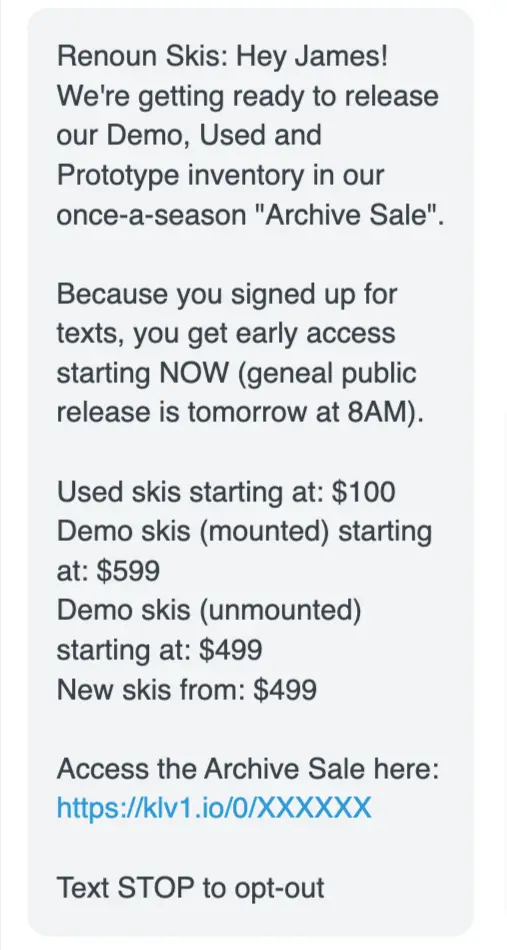
Rapha: using location data to invite a geographic audience segment to a race pop-up
Rapha cycling knows they serve an elite subset of the cycling community: people who are most likely to be interested in races. The brand has already done a great job of finding their niche within a sport, so they’re well set up to take advantage of further segmentation to test which races will translate to purchases.
Here’s an example of Rapha’s email invite to the Montrose Harbor CX race weekend, one of the most anticipated parts of the Chicago Cyclocross series. As part of the event, Rapha set up a pop-up with special prices exclusive to the event. We hope those who purchased items at the event will be segmented further to increase customer lifetime value!

Overall takeaway: Deliver personalized experiences in the sporting goods category by segmenting your audience based on experience level and following the competition season of your sport.
Retain customers and grow lifetime value
Your best customers are your repeat customers. If you’re making sales and getting a solid amount of good reviews, you’ll want to focus on how you can up-sell and cross-sell to customers who already love your product.
When you’re focused on retention, you’re focused on:
- Up-selling customers on accessories or other complementary products
- Increasing conversion on restock alerts
- Increasing engagement on win-back flows
- Cleaning your lists and increasing engagement on sunset flows as a last-ditch effort to re-engage subscribers
Sporting goods brands retain customers and grow lifetime value by encouraging them to buy accessories for their high-ticket items. “Your best time to cross-sell is when asking for a product review,” Akers points out. “If you can offer a 20% discount in exchange for a product review, that’s your chance to sell an accessory or maintenance item for your high-ticket products.”
Your best time to cross-sell is when asking for a product review. If you can offer a 20% discount in exchange for a product review, that’s your chance to sell an accessory or maintenance item for your high-ticket products.
Tim Akers, owner, Akers Digital
Post-purchase marketing automations that mirror your products’ maintenance schedules or competition season are a great way to create lifetime customer value. Here we’ll focus on two brands that use accessory products as a loyalty sweetener.
Key takeaways from this section
- Design post-purchase automations that mirror your high-ticket items’ maintenance schedule.
- Design post-purchase automations that keep up with your sport’s competition schedule.
- Offer the customer educational material about product maintenance alongside an up-sell.
- Send your customer service contact information to express lifetime assistance.
- Use urgency to encourage loyalty members to renew in exchange for a limited-time accessory gift.
Bending Branches: Would you like a paddle bag with that?
Bending Branches knows a thing or two about what kayak paddles look like at the end of a season: scratched and rough around the edges. That’s why this accessory up-sell for a paddle bag is timed perfectly at the beginning of kayak season—Bending Branches knows customers understand the importance of paddle care in their second year of ownership.

To reinforce the offer, the email continues with educational content on wood paddle care. While the headline message is an up-sell, the recipient is also learning how to care for their higher-cost item. The customer service contact reminder in the footer is a nice reminder that the brand is there to help during the product’s entire lifetime, not just at the point of purchase.
Tracksmith’s accessory-driven win-back email
Tracksmith uses urgency in this win-back email to encourage people to renew their Hare A.C. loyalty membership. The image of the spike bag, an essential accessory for any cross-country runner, with the message “Your Hare A.C. Spike Bag is ready to ship” creates the impression that the customer need only reach out and grab the bag to get it.
The call to action isn’t even an ask to renew—it’s about the incentive instead: “Grab Your Bag.” A win-back win for the customer and the brand.

Overall takeaway: Retain customers and increase lifetime value by educating customers on the maintenance of high-ticket items.
Prep for the future of sporting goods and outdoor ecommerce
A new era in the sporting goods business is about to unfold, and now is the time to embrace it. If you want to stay competitive, you can’t afford to sit on the sidelines.
Using owned marketing channels like email and SMS marketing will allow you to create a delightful user experience and future-proof your business. The next step is making sure your tech is ready to support you.
Sports ecommerce FAQs
Why start a sports ecommerce brand?
Running an ecommerce store helps sports retailers expand their reach and grow their audience. Starting a sports ecommerce store also offers valuable insight into consumer analytics, providing brands with data on their target customers’ buying habits, preferences, and needs in ways that go beyond traditional retail
How to start a sports ecommerce business?
There are several key steps in building a website for a sports brand:
- Choose a domain name and hosting
- Create a merchant account and set up multiple payment methods
- Build an ecommerce website
- Create product pages
- Create a checkout page
- Set up shipping methods
- Invest in SEO and digital marketing campaign
What are the best examples of sports ecommerce sites?
Many established fitness, sports & outdoor brands have set up ecommerce channels to grow their customer base and maximize sales. Some of the most famous and successful brands include Nike, Adidas, Lululemon, Gymshark, Oru Kayak, Equestrian Stockholm, and Competitive Cyclist.

Related content

Discover the best marketing automation platform for 2026 and learn how to choose based on data, integrations, scalability, and the features that drive real customer value.
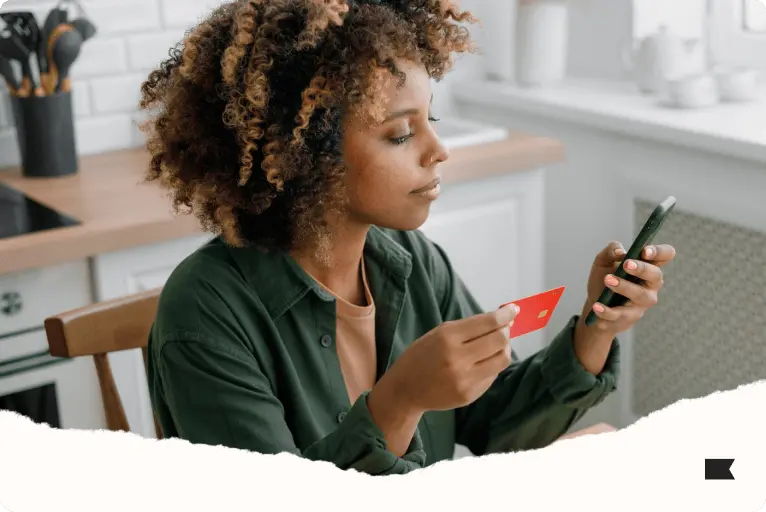
Discover 4 proven ways to reduce cart abandonment and recover lost sales. Learn how to build trust, streamline check-out, and personalize abandoned cart flows to convert more shoppers.
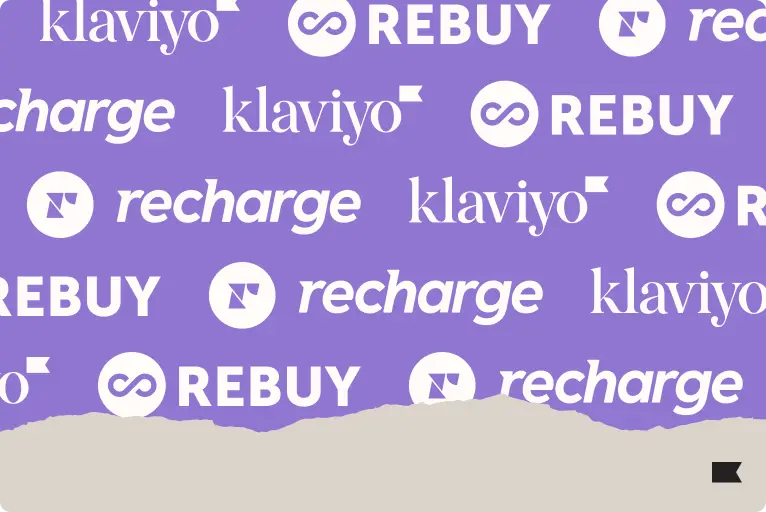
Looking for the best Shopify apps for marketing and customer service? Klaviyo, Rebuy, and Recharge together create a high-performing tech stack that revenue and customer retention.